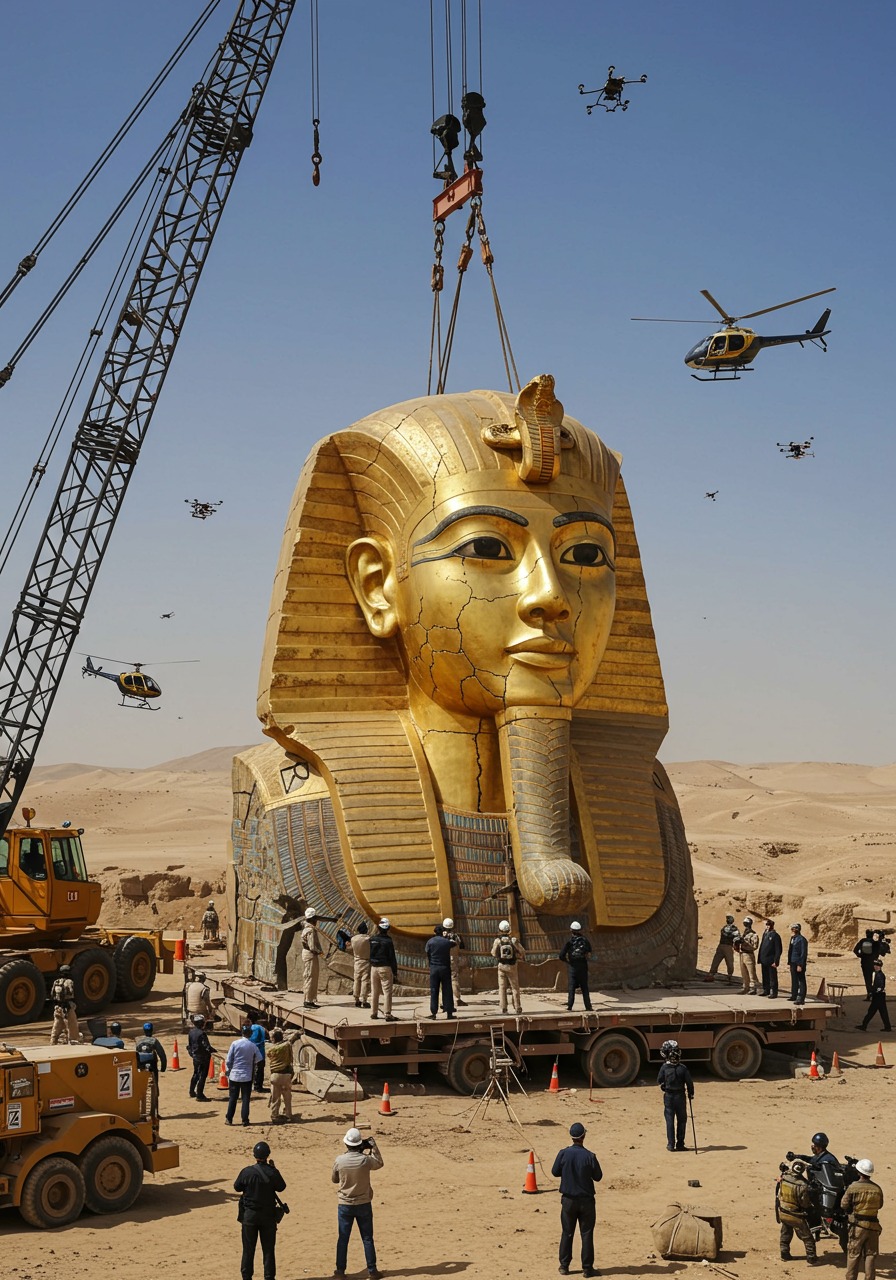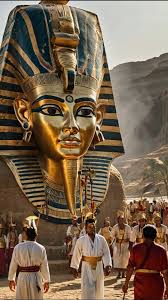In a truly breathtaking feat of modern archaeology, a massive head of a pharaoh statue
In a truly breathtaking feat of modern archaeology, a massive head of a pharaoh statue, believed to be that of Ramses II, was discovered in 2017 in a suburb of Cairo. This was not a find in a remote desert, but in the densely populated neighborhood of Matariya, built over the ancient city of Heliopolis.

The discovery was made by a joint German-Egyptian archaeological team, which found the colossal head and other fragmented pieces of the statue submerged in groundwater at a site that was once a major temple complex. The excavation was a monumental task, requiring careful and precise work to extract the huge, waterlogged stone fragments from a bustling urban environment. The head alone, along with the statue’s torso and lower parts, were estimated to be part of an over eight-meter tall statue.

This discovery is a prime example of how modern archaeology continues to unearth major secrets in unexpected places. The colossal statue of Ramses II, one of Egypt’s greatest and most prolific pharaohs, provided a tangible link to the power and grandeur of ancient Heliopolis. Its unearthing from the heart of a modern city was a truly remarkable feat that captivated the world and highlighted the ongoing legacy of ancient Egypt.
